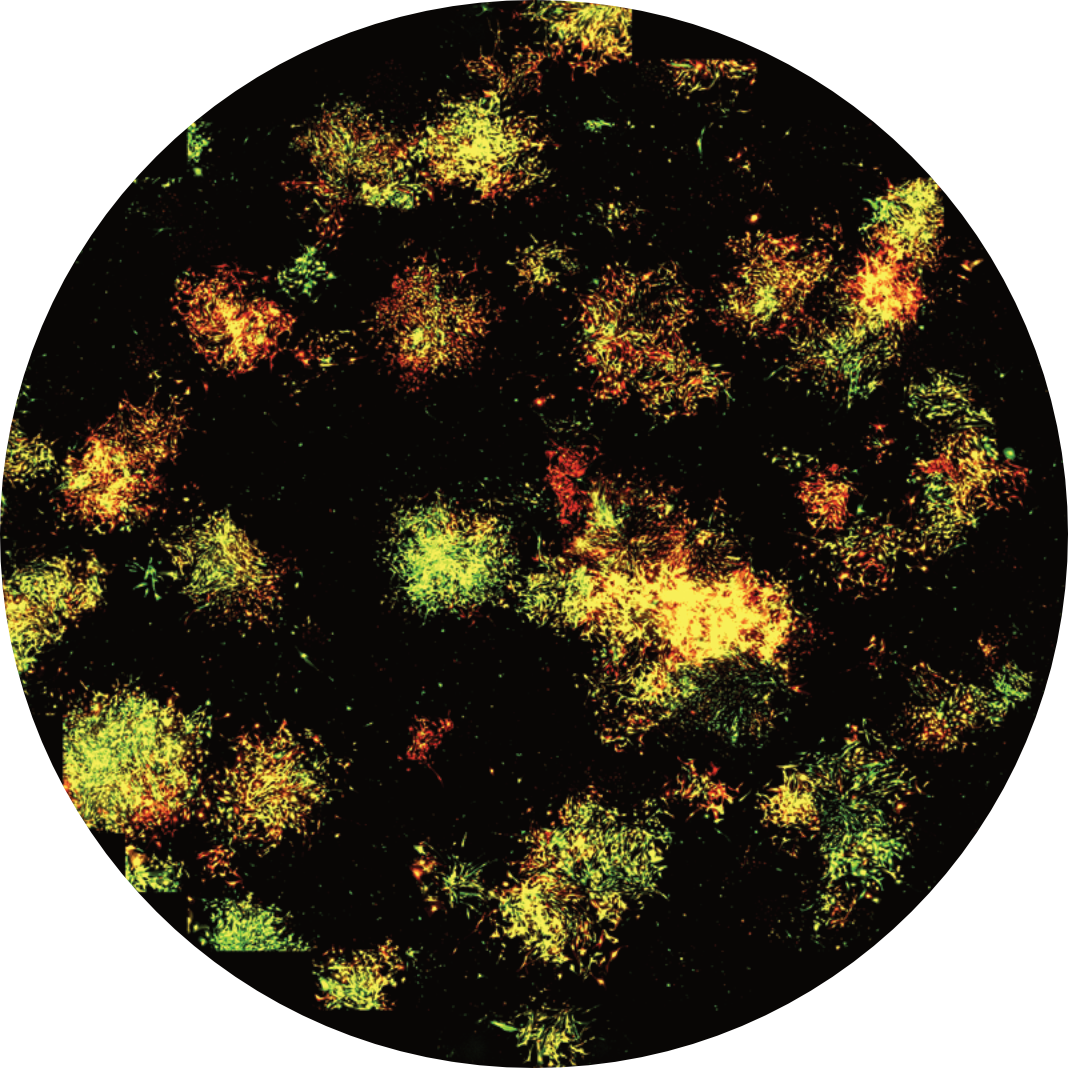publications
2024
- bioRxivPiscis: a novel loss estimator of the F1 score enables accurate spot detection in fluorescence microscopy images via deep learningZijian Niu, Aoife O’Farrell, Jingxin Li, Sam Reffsin, Naveen Jain, Ian Dardani, Yogesh Goyal, and Arjun RajbioRxiv, 2024
Single-molecule RNA fluorescence in situ hybridization (RNA FISH)-based spatial transcriptomics methods have enabled the accurate quantification of gene expression at single-cell resolution by visualizing transcripts as diffraction-limited spots. While these methods generally scale to large samples, image analysis remains challenging, often requiring manual parameter tuning. We present Piscis, a fully automatic deep learning algorithm for spot detection trained using a novel loss function, the SmoothF1 loss, that approximates the F1 score to directly penalize false positives and false negatives but remains differentiable and hence usable for training by deep learning approaches. Piscis was trained and tested on a diverse dataset composed of 358 manually annotated experimental RNA FISH images representing multiple cell types and 240 additional synthetic images. Piscis outperforms other state-of-the-art spot detection methods, enabling accurate, high-throughput analysis of RNA FISH-derived imaging data without the need for manual parameter tuning.Competing Interest StatementA.R. receives royalties related to Stellaris RNA FISH probes. All other authors declare no competing interests.
- bioRxiv
 AP-1 Mediates Cellular Adaptation and Memory Formation During Therapy ResistanceJingxin Li, Pavithran T. Ravindran, Aoife O’Farrell, Gianna T. Busch, Ryan H. Boe, Zijian Niu, Sean Woo, Margaret C. Dunagin, Naveen Jain, Yogesh Goyal, Kavitha Sarma, Meenhard Herlyn, and Arjun RajbioRxiv, 2024
AP-1 Mediates Cellular Adaptation and Memory Formation During Therapy ResistanceJingxin Li, Pavithran T. Ravindran, Aoife O’Farrell, Gianna T. Busch, Ryan H. Boe, Zijian Niu, Sean Woo, Margaret C. Dunagin, Naveen Jain, Yogesh Goyal, Kavitha Sarma, Meenhard Herlyn, and Arjun RajbioRxiv, 2024Cellular responses to environmental stimuli are typically thought to be governed by genetically encoded programs. We demonstrate that melanoma cells can form and maintain cellular memories during the acquisition of therapy resistance that exhibit characteristics of cellular learning and are dependent on the transcription factor AP-1. We show that cells exposed to a low dose of therapy adapt to become resistant to a high dose, demonstrating that resistance was not purely selective. The application of therapy itself results in the encoding of transient gene expression into cellular memory and that this encoding occurs for both transiently induced and probabilistically arising expression. Chromatin accessibility showed concomitant persistence. A two-color AP-1 reporter system showed that these memories are encoded in cis, constituting an example of activating cis epigenetics. Our findings establish the formation and maintenance of cellular memories as a critical aspect of gene regulation during the development of therapy resistance.Competing Interest StatementA.R. receives royalties related to Stellaris RNA FISH probes. A.R. serves on the scientific advisory board of Spatial Genomics. All other authors declare no competing interests.
2023
- Nat CommunDisrupting cellular memory to overcome drug resistanceGuillaume Harmange, Raúl A. Reyes Hueros, Dylan L. Schaff, Benjamin Emert, Michael Saint-Antoine, Laura C. Kim, Zijian Niu, Shivani Nellore, Mitchell E. Fane, Gretchen M. Alicea, Ashani T. Weeraratna, M. Celeste Simon, Abhyudai Singh, and Sydney M. ShafferNature Communications, 2023
Gene expression states persist for varying lengths of time at the single-cell level, a phenomenon known as gene expression memory. When cells switch states, losing memory of their prior state, this transition can occur in the absence of genetic changes. However, we lack robust methods to find regulators of memory or track state switching. Here, we develop a lineage tracing-based technique to quantify memory and identify cells that switch states. Applied to melanoma cells without therapy, we quantify long-lived fluctuations in gene expression that are predictive of later resistance to targeted therapy. We also identify the PI3K and TGF-βpathways as state switching modulators. We propose a pretreatment model, first applying a PI3K inhibitor to modulate gene expression states, then applying targeted therapy, which leads to less resistance than targeted therapy alone. Together, we present a method for finding modulators of gene expression memory and their associated cell fates.

